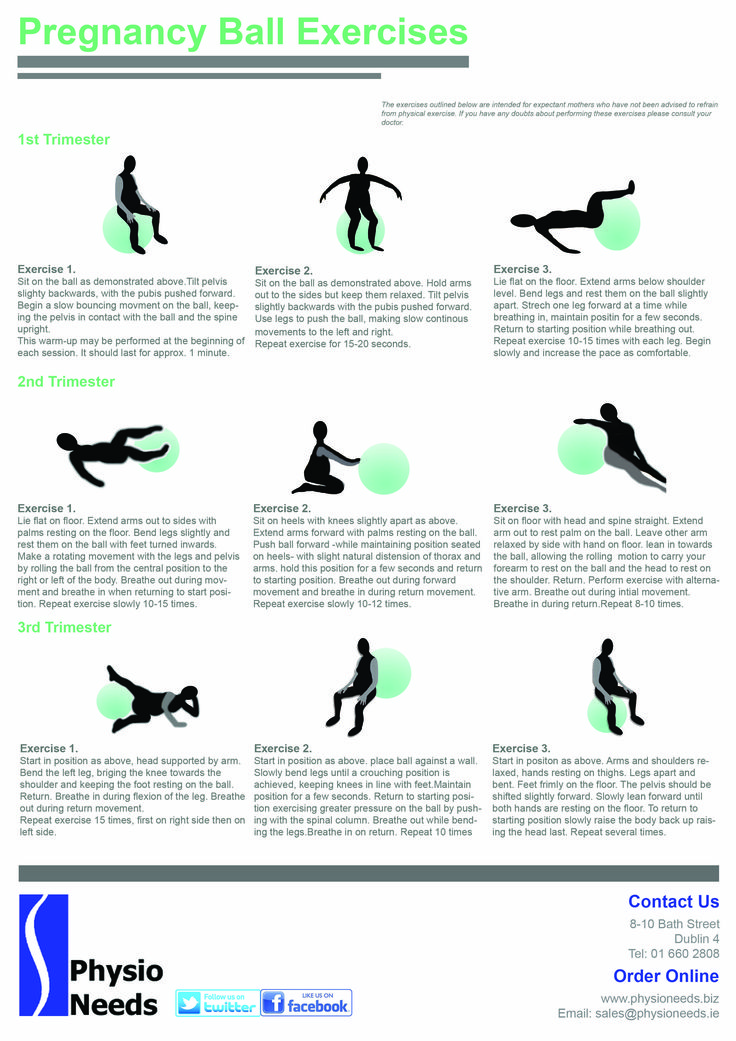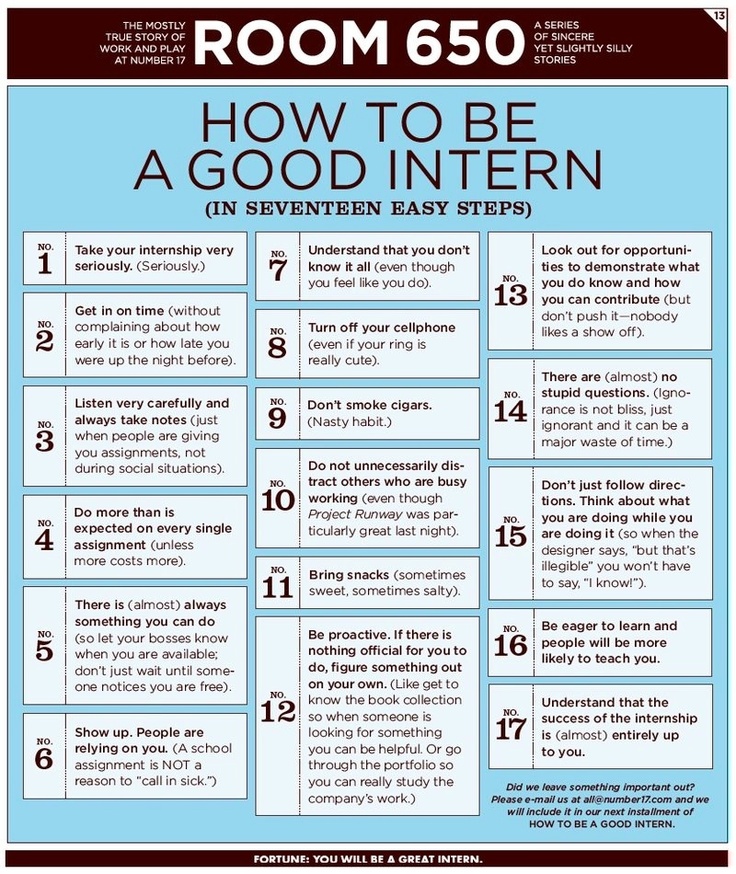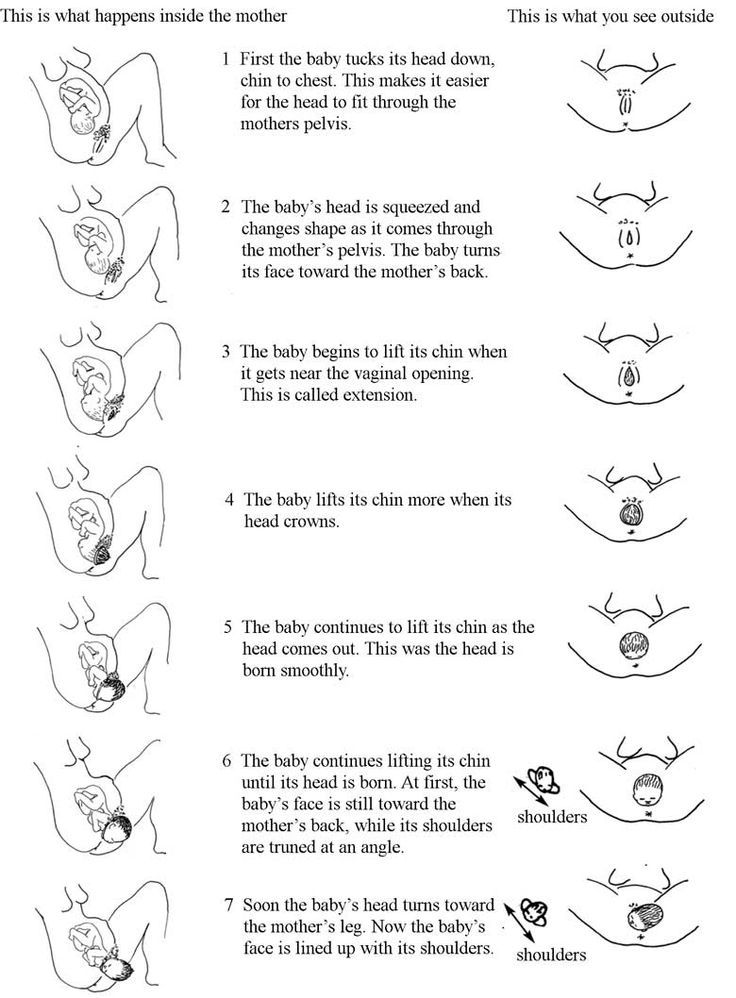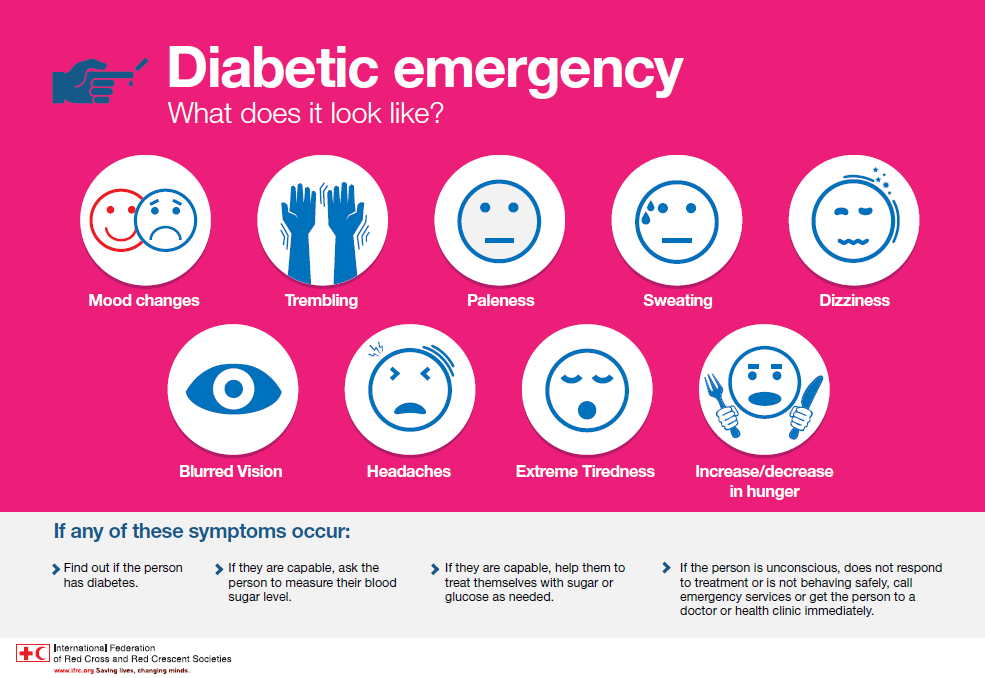How to make autistic child listen
Autism and conversation skills: How do we teach our son to listen?
My son is on the autism spectrum and gets frustrated when he can’t control the conversation. He’ll start saying "enough" and pouting. I’ve tried asking him to raise his hand when he wants to speak. But he gets frustrated when I respond by asking him to let the other person finish. When I give him the opportunity to speak, often he just makes something up or says something that makes no sense. I’ve been unable to convince him that we can learn by listening to people. Advice appreciated.
Today’s “Got Questions?” response is by child psychologists Rebecca Hellenthal (left) and Megan Norris, of Nationwide Children's Hospital Child Development Center and Ohio State University. The hospital and university are among the 14 sites in the Autism Speaks Autism Treatment Network.
Editor’s note: The following information is not meant to diagnose or treat and should not take the place of personal consultation, as appropriate, with a qualified healthcare professional and/or behavioral therapist.
Thank you for your question. Many people affected by autism have difficulty mastering conversation skills. This can prove extremely frustrating, both for those on the spectrum and their conversation partners.
This is a great topic to discuss with your son’s behavioral therapist, speech therapist and/or special education teacher. Ideally, you want to work with them to design a personalized support and learning program for your son.
Meanwhile, you can try several strategies at home. They follow the general three-step approach we often use to address behavioral challenges:
- Assess the problem (i.e. figure out the person’s difficulties and strengths)
- Teach new skills in a supportive way
- Practice these new skills.
So you might start by gathering information about what your son does well in a conversation and what is hard for him. For instance:
- Does he do better when a conversation centers on one of his favorite topics, but shows little interest in other subjects?
- Is he good at starting conversations, but not listening to someone reply?
- Does he look at his conversation partner when he speaks? When the other person speaks?
- Does he respond on topic when another person asks his opinion or otherwise tries to engage him in a discussion?
Having a list of strengths and areas for improvement can help you clarify the goals you set for your son and provide him with the feedback he needs along the way.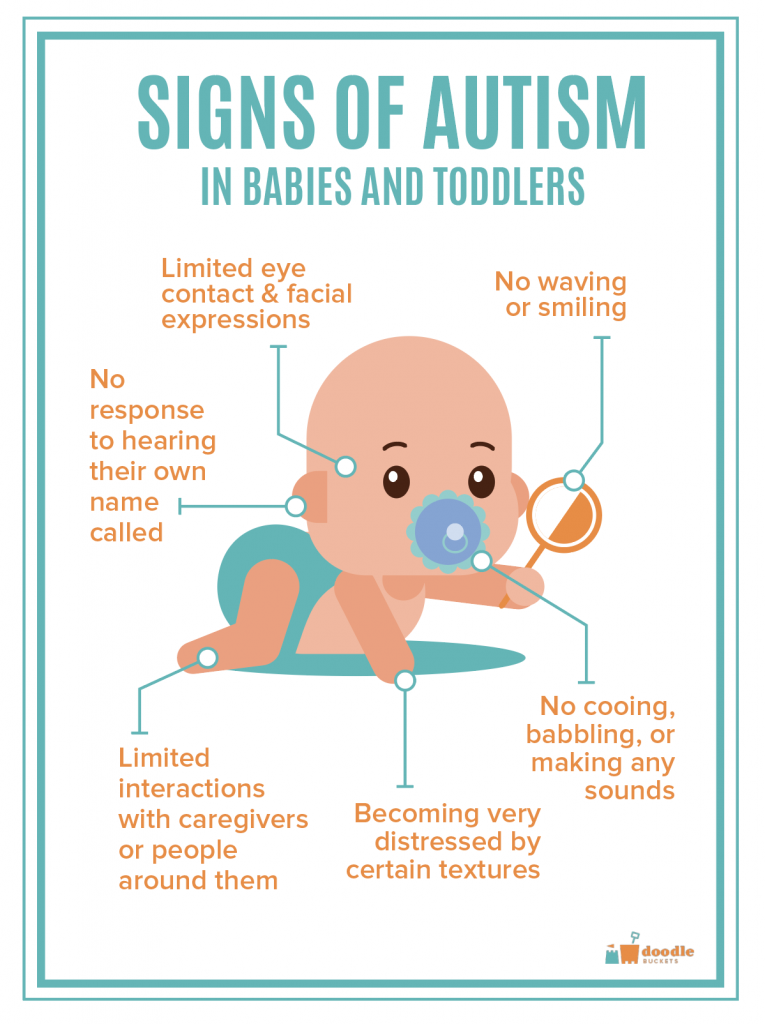
Practicing conversation skills
For instance, it sounds like your son enjoys talking to others. That’s definitely a strength. At the same time, it sounds like he has difficulty when he is not the one talking. To improve his listening and responding skills, try practicing with a sympathetic third person so that you can help your son come up with a comment or question about what the other person said.
For example:
Friend: “I just saw the new Avengers movie.”
You to your son: “What might you ask [friend’s name] about the movie or what he thought about it?”
Be sure to praise your son’s efforts – both in asking a question and then listening to the response. At the same time, have patience and take small steps that encourage success.
For instance, consider prompting the conversation partner beforehand to keep his response short in the beginning. If your son successfully listens to the response, praise him. You might then encourage him to respond, in turn, by sharing something he thinks about the movie (if he’s seen it) or a related movie.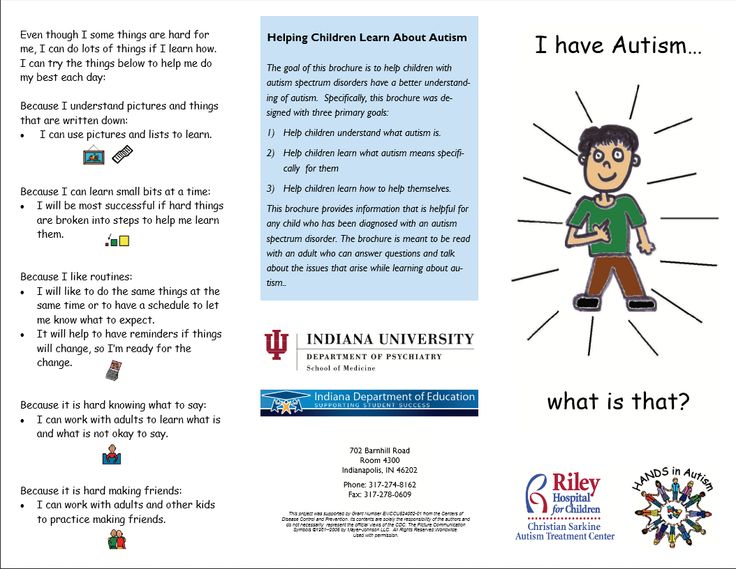
In addition to praise, consider a reward system. It might involve a small treat or reward tokens on a board that he can cash in for a favorite activity or small toy. You know best what will motivate your son.
Using visual supports
Many people on the autism spectrum work best with visual cues. There are several helpful options for teaching conversational turn taking. One involves a “talking stick” that your son and his conversation partner pass back and forth to signal whose turn it is to speak. (See photo above.)
Alternately, you can print or draw “listen” and “talk” signs such as those shown at left. Hold up each visual cue during your practice conversation sessions to cue your son when it’s his turn and when to wait and listen.
Using topics and questions
Another fun way to practice a range of conversation skills (turn-taking, asking questions, building on others’ thoughts) is to write down several topics or questions on pieces of paper that you place in a bowl.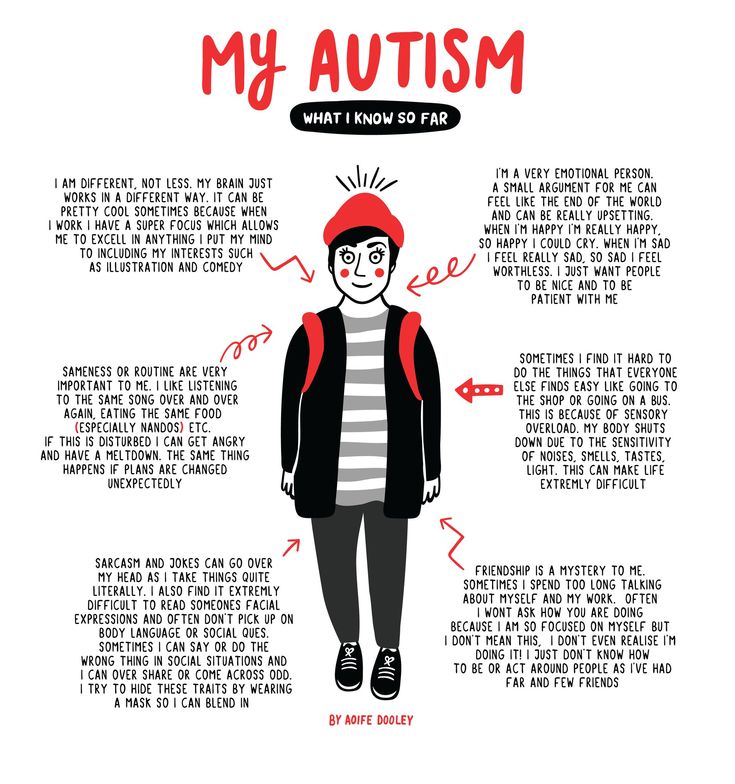 Example topics might include sports, school and family. Example questions might include “What do you want to be when you grow up?” “What is your favorite movie?” “What is your favorite memory from when you were little?”
Example topics might include sports, school and family. Example questions might include “What do you want to be when you grow up?” “What is your favorite movie?” “What is your favorite memory from when you were little?”
Take turns picking a piece of paper from a bowl and saying something about its topic or question.
Keep your turns short at first, so your son needs to listen for only a short time before you praise or reward him. As he gets better at listening and waiting his turn, try gradually lengthening your answers (or those of another partner).
We like combining this game with the talking stick or listen/talk signs.
Record and review
Yet another strategy that some families find effective is to video record their child having a conversation with another person. In a supportive way, watch the video together and talk about what went well and what could be improved.
This can help you and your son identify additional areas for improvement – such as how to ask a clarifying question or appropriately end a conversation.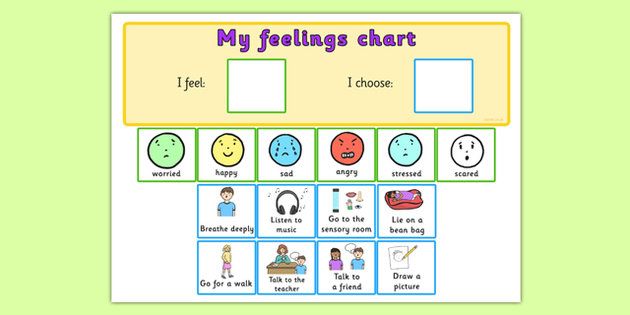
Many of the children we work with greatly enjoy seeing themselves on video.
A related approach is to watch a clip of two people having a conversation in a movie or television show. Then talk about what they did and didn’t do well. We call this video modeling, and it may be especially helpful if your son enjoys screen time. There are even ready-made conversation video models on You Tube. (Search “video modeling social skills.”)
As always, provide a lot of praise and positive attention for your son’s efforts. Emphasize his willingness to work on these skills rather than just “getting it right.” Remember to point out things he does well – whether it’s listening or waiting to speak for even a few seconds or making an on-topic comment.
We hope these suggestions are helpful. Please let us know how you’re doing by emailing us again at [email protected]. Thanks again for your great question.
Got more questions?
Send them to GotQuestions@AutismSpeaks. org.
org.
Contact the Autism Speaks Autism Response Team (ART)
ART members are specially trained to connect families with information, resources and opportunities. They are available to answer calls and emails from 9am to 1pm local time.
Call (888) 288-4762
En Español(888) 772-9050
Tips that Improved My Autistic Child's Behavior
This guest post was written by Chrissy Kelly, a mom of two boys with autism. You can read more about her and her family on her blog, "Life With Greyson + Parker," and also her Life with Greyson + Parker Facebook page.
Our house has been a revolving door of Behavior Therapists over the past almost four years. Both boys put in about 20 hours a week of intense therapy. I never thought a kidless 20-something year old might be able to teach me something about my own children. The presence of autism in my life has grown my mind a thousand times over. So much of parenting children with autism is counter-intuitive. I say and do things I never thought would work, but they do. Here is a small list of techniques that we use daily that help reduce tantrums, increase understanding, direction following and happiness (theirs and mine). There is no one thing that works for all children, and there is no one quick fix, however, many of these techniques will work for many children. Whether or not they have autism.
I say and do things I never thought would work, but they do. Here is a small list of techniques that we use daily that help reduce tantrums, increase understanding, direction following and happiness (theirs and mine). There is no one thing that works for all children, and there is no one quick fix, however, many of these techniques will work for many children. Whether or not they have autism.
1) Use Time to Decrease Transitional Tantrums
Many children have trouble leaving preferred places and activities. This is a BIG one for my 5 year old. There were times I wouldn't even take him to our neighborhood park because I was so scared of that awful moment when we had to leave. He was unpredictable and erratic. Sometimes he would scream and fall to the ground, or try to run into a busy street to get away from me, or lash out to hit me. It broke my heart and downright scared me.
One thing that has been life-changing for us is using Minute Warnings/Timers: Your child may need a 5 minute, 2 minute, or 1 minute warning before there is a change of activity.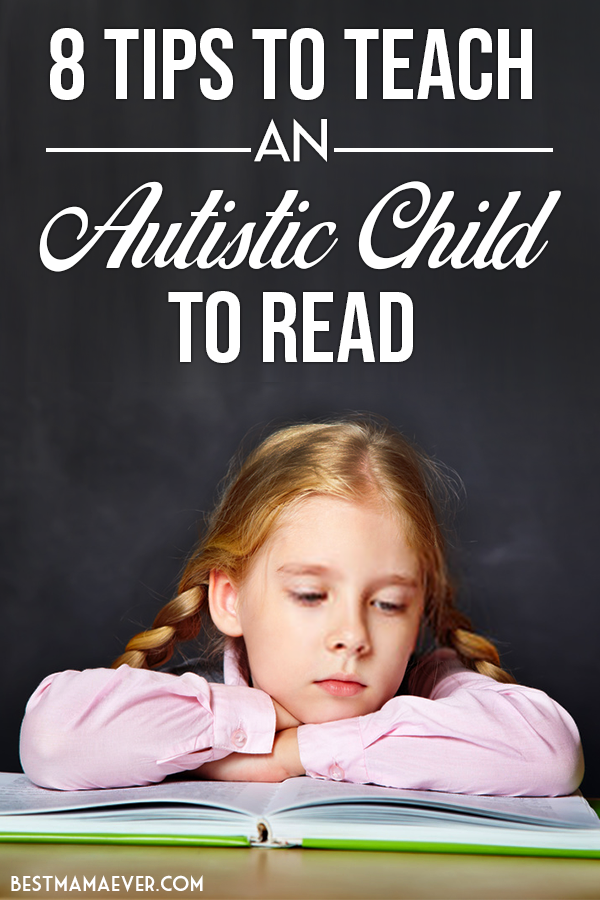 These warnings help the children prepare for the transition. They will begin to learn that the warning comes and then the change comes. Eventually, the minute warnings become routine, even if the next task is not.
These warnings help the children prepare for the transition. They will begin to learn that the warning comes and then the change comes. Eventually, the minute warnings become routine, even if the next task is not.
We set a timer on our iphone.
"In five minutes you need to take a bath."
"In two minutes we are leaving the park."
This helps a child feel more in control without controlling us. When the timer goes off you have to carry through every single time. We did this continuously for two weeks before we started to see results. Now it's been years and it still works. Set your boundaries, stick to them, and follow through.
2) FIRST/THEN
Many of our other tantrums are over wanting something they can't have at that moment. A toy, a snack, a trip somewhere RIGHT NOW. Or there is something they DON'T want to do. For many of these situations we use first/then. “First___, then____” statements are used to help a child finish a task before getting something motivating.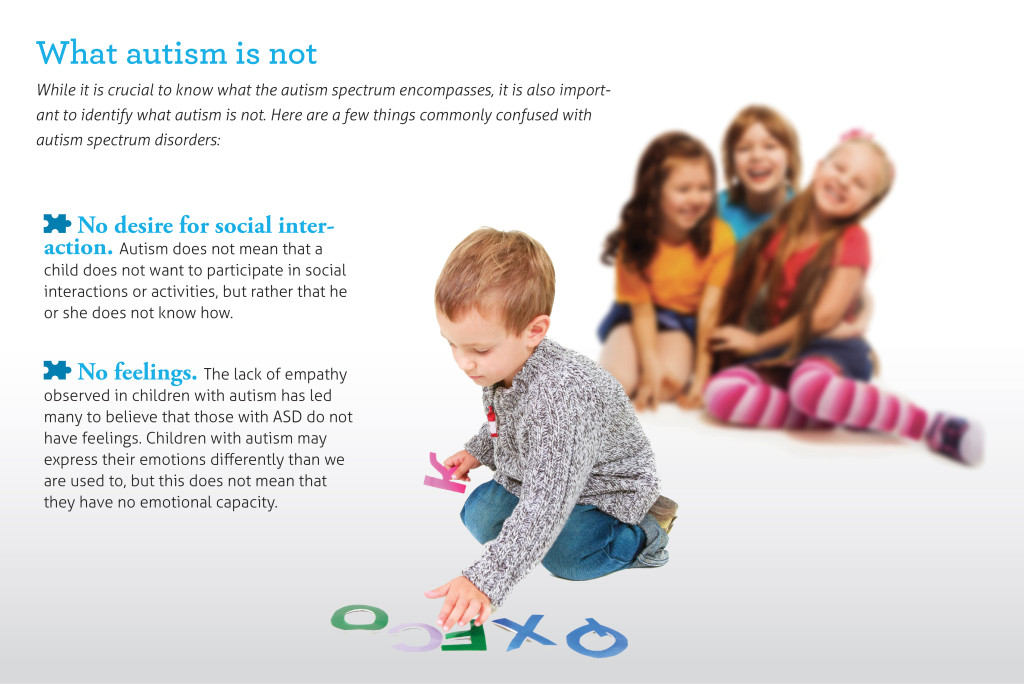
"First we finish our lunch, then we can go outside."
"First we will clean up, then we can go to the park."
Depending on your needs and your child's skill set, you can either do this verbally, use pictures, or write items on a dry erase board.
Many children with autism think in pictures, so that is often the initial go to method.
It's a simple phrase that provides structure in a child's mind and helps them follow the directions at hand. It can help decrease a child's frustration because they can understand exactly what is expected of them. This works like a charm for my 5-year old, Greyson. It probably took about two months for him to understand that he would get what he wanted as long as he FIRST did what was asked of him. This does not work for Parker who is three. He does not have the same understanding of language that his brother does and he hasn't grasped anything other than he's NOT getting what he wants RIGHT NOW. We still use this language because one day when he grasps language he will understand the importance of it.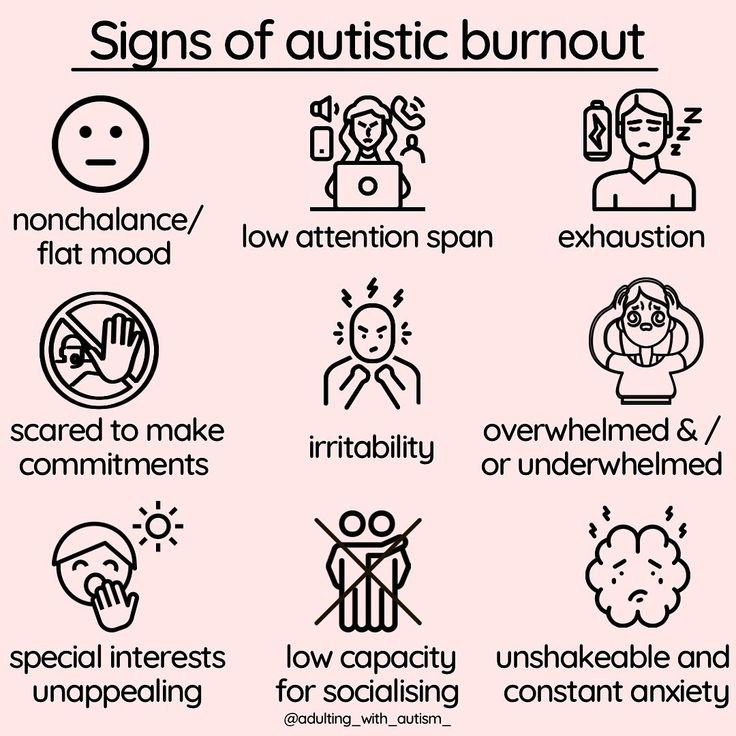
3) Reward positive behavior
Reinforcing language identifies and affirms childrens' specific positive actions and encourages them to continue their appropriate behavior. For example, to a child that shared their swing at the park you might say, "I really like how you shared and played so nicely with that little boy at the park." It's especially important to recognize behaviors that a child usually struggles with- sharing, being quiet, following directions. With these words, the adult lets the children know that their positive behaviors were noticed.
We continually point out good behaviors in areas the boys struggle. "I like how you are sharing your truck with Parker." "Good job cleaning up your blocks Parker." Recognizing good behaviors increases the likelihood that they will happen again. (Please note: this also works with husbands). In an environment with small children you are frequently saying: no, put that down, don't do that, put that back, you can't have that- you can't eat that, NO NO NO NO- sometimes it's so nice to recognize and focus on the good.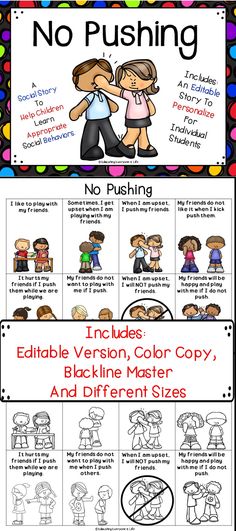 Praise is one of the best reinforcers around.
Praise is one of the best reinforcers around.
For some children- praise means nothing. It's not rewarding, therefore, it does not increase the good behavior. In this case you must find something that IS rewarding. Sometimes a small reward is offered- a piece of candy or a token or sticker that when accumulated can be used towards a greater reward. I've heard some people say, "I don't like to bribe my child." To me- it's like getting a pay check for work. We all work for the reward, whether it be emotional, financial or edible or tangible.
4) Focus on what you want the child to do, not what you want them to STOP doing.
How many of you have screamed at your child, STOP SCREAMING?!!!! with crazed eyes and clinched fists? (Guilty)
Minimize the use of ‘don’t’ and ‘stop.’ For example, ‘Walk on the sidewalk’ can be much more effective than ‘Don’t walk on the grass’ for a child who might not hear the ‘don’t’—or for one who isn’t sure where the acceptable place to walk might be.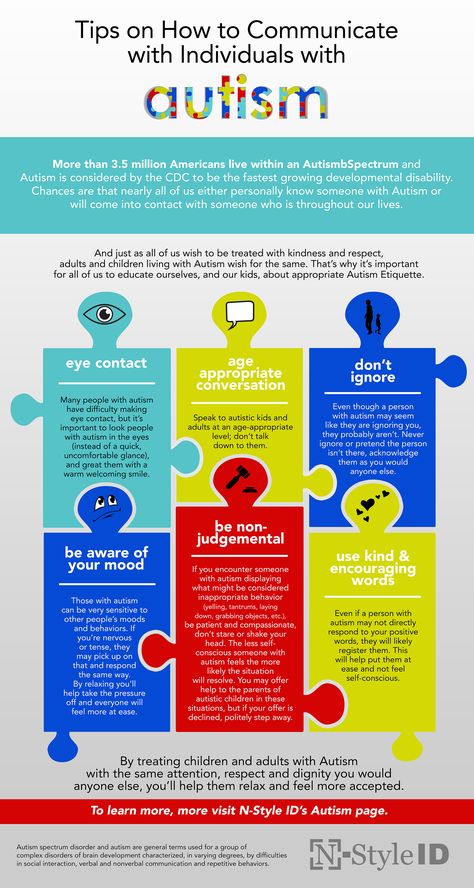 This lets the child know exactly what you WANT them to do. 'Stop screaming' becomes, 'Quiet please', 'Don't color on the table' becomes 'Only color on the paper'. It's counter-intuitive to the ways most of us usually parent but it works. There are times when there's NO WAY around a don't/stop statement. DON'T COLOR ON THE DOG. STOP HITTING YOUR BROTHER. Use your best judgement- you'll figure out when you need to lay down the DON'T law.
This lets the child know exactly what you WANT them to do. 'Stop screaming' becomes, 'Quiet please', 'Don't color on the table' becomes 'Only color on the paper'. It's counter-intuitive to the ways most of us usually parent but it works. There are times when there's NO WAY around a don't/stop statement. DON'T COLOR ON THE DOG. STOP HITTING YOUR BROTHER. Use your best judgement- you'll figure out when you need to lay down the DON'T law.
Here I ignore his screaming because he was mad that I gave one of his cars to his brother when he didn't want to share.
Here I praise him, "Great job being quiet and playing with your cars."
I know, it feels a little weird at first, ignoring your child while they are screaming or throwing themselves on the ground. But when they do that, they are attention seeking and giving them any kind of attention reinforces that behavior. They will learn it doesn't work and realize they get more attention when their behavior is good.
5) Remain Calm (YOU!)
This was a hard one for me to learn and is still a hard one for me to remember! This one is especially hard because what usually happens is your child goes out of control and then you quickly follow.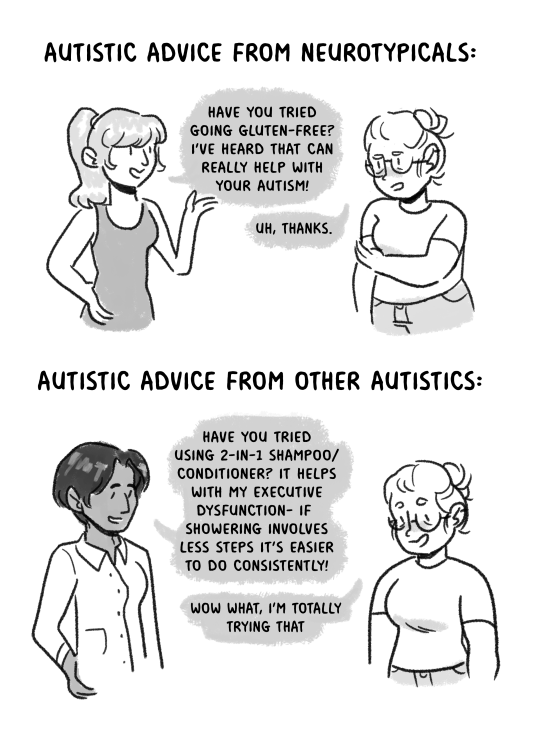 It's exhausting, draining and frustrating. I take deep breaths and make sure my words sound calm, even if I'm not feeling it. I remind myself that I am the adult and if I expect my child to modify their behavior then I must too. Children don't always have the language to explain what they want and need and that can be extremely frustrating for them. I have had many, many more years of practice so I need to be much better at being kind, calm and patient while I lead by example.
It's exhausting, draining and frustrating. I take deep breaths and make sure my words sound calm, even if I'm not feeling it. I remind myself that I am the adult and if I expect my child to modify their behavior then I must too. Children don't always have the language to explain what they want and need and that can be extremely frustrating for them. I have had many, many more years of practice so I need to be much better at being kind, calm and patient while I lead by example.
I can't believe how much happier they are since beginning Behavior Therapy. They are so much less frustrated and so much more understood.
Remember, parenting is a ride wild, and for the most part, everything hard we are going through with them is only a phase. IT WILL END. Sometimes all that is standing between you and your child's happiness is a little extra structure and control.
Love someone in your village,
Chrissy
How to teach a child with autism to listen to an interlocutor?
01/16/19
Recommendations to the parents of a child who does not know how and refuses to listen to interlocutors during a conversation
Source: Autism Speaks
My son is in the autism of autism, and he is very annoyed is very annoyed if he cannot fully control the conversation.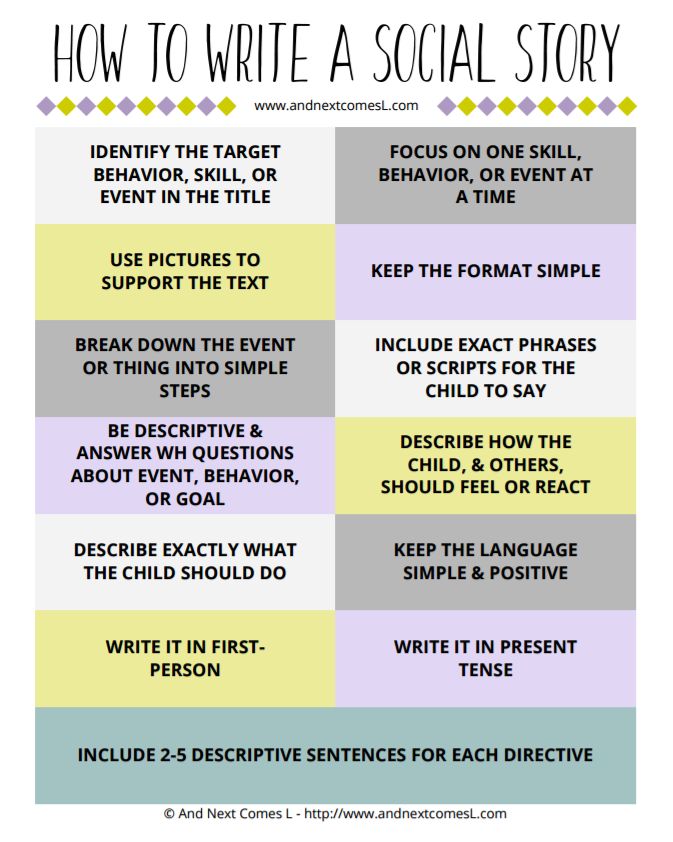 He yells "enough" and gets offended. I tried to ask him to raise his hand when he wanted to say something. But he gets angry when I ask him to wait until the other person has finished talking. And when I give him the opportunity to say something, he just makes up something or says something meaningless. I can't convince him that he needs to learn to listen to other people. I would be grateful for advice. nine0020
He yells "enough" and gets offended. I tried to ask him to raise his hand when he wanted to say something. But he gets angry when I ask him to wait until the other person has finished talking. And when I give him the opportunity to say something, he just makes up something or says something meaningless. I can't convince him that he needs to learn to listen to other people. I would be grateful for advice. nine0020
Answered by child psychologists Rebecca Hallenthal and Megan Norris from the Child Development Center at the National Children's Hospital and Ohio State University.
Thank you for your question. Many people with autism find it difficult to master conversational skills. This can be annoying and frustrating for both people on the autism spectrum and their conversation partners.
If possible, this topic should be discussed with the child's behavioral therapist, speech therapist and/or speech pathologist. Ideally, you will work with them to develop a personalized plan for teaching these skills to your son. nine0003
nine0003
In the meantime, here are some strategies you can try at home. They follow a three-step approach that is often used for various behavioral difficulties:
1. Assessing the problem (in other words, identifying the person's difficulties and strengths).
2. Learning new skills with extensive support.
3. Practice new skills in real life.
You can start by gathering information about what your son is doing during the conversation and what is causing him difficulty. For example:
— Does he feel better when the conversation is focused on his favorite subject, but shows no interest in other subjects?
- He manages to start a conversation, but he does not listen to what they answer?
Does he look at his partner when he speaks? What about when the other person speaks?
Does he respond on a topic when another person asks for his opinion, or otherwise tries to engage him in a discussion?
Making a list of strengths and skills to work on will help you set clear goals for your son and give him the specific feedback he needs.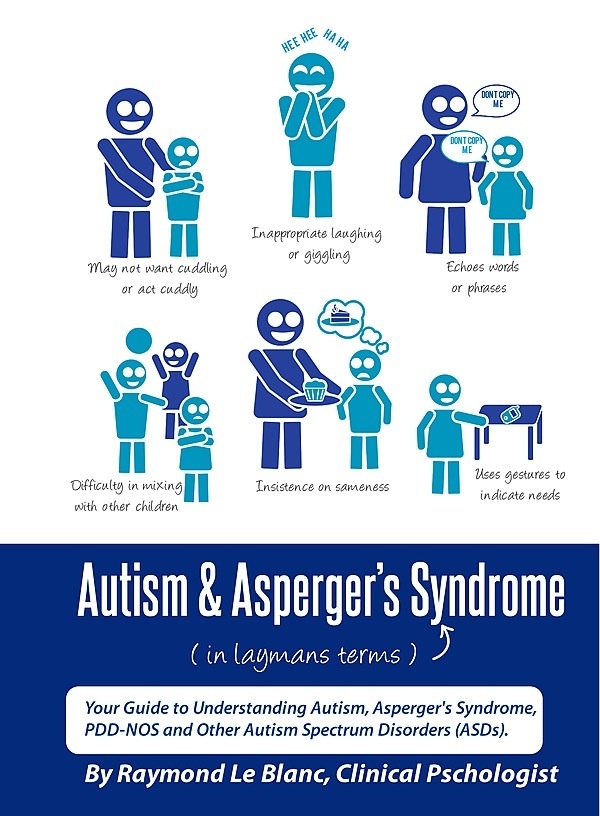 nine0003
nine0003
Practice speaking skills
For example, your son seems to enjoy talking to other people. This is definitely a strong point. At the same time, it seems that it is difficult for him if he is not the one who speaks. To improve his listening and response skills, try to practice with a third person so that you can prompt your son for possible comments and questions about what the other person is saying.
For example:
Friend: "I watched the new Avengers movie."
You, addressing your son: “What can I ask [name of friend] about the film or what he thinks about it?”
Be sure to praise your son for any effort he makes, both for asking the question and for listening to the answer. At the same time, be patient and be prepared to take small steps towards success.
For example, agree with a conversation partner that at first all his remarks will be very short. If your son can successfully listen to his answer, then praise him. Then, you can prompt him that in return he can share his own thoughts about this (if he saw it) or another similar film.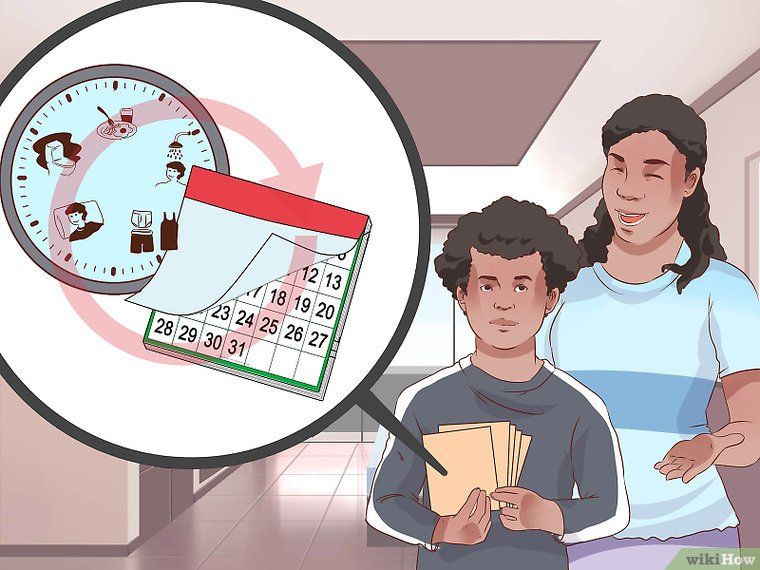 nine0003
nine0003
In addition to praise, consider a separate reward system. It can be some small treat or tokens (stickers or other badges). When a child collects a certain number of tokens, he will immediately be able to “cash out” them and get some favorite toy or access to his favorite pastime. You know better what exactly can motivate your son. Use the token board or stickers on the chart to motivate your child and reward them for every little success they make during their conversation practice. nine0003
Applying visual cues
Many people on the autism spectrum perform best when they have visual cues. There are several ways you can use them to teach turn-based conversation skills.
One such strategy is called "talking stick". This is the item that your son and his conversation partner will pass to each other. The general rule is this - only the one who holds the wand can speak, the interlocutor without a wand must be silent. This way, your son will have a visual cue as to who should be speaking now. nine0003
nine0003
Another strategy is to print or draw "listen" and "speak" signs. During practice conversations, hold one or another sign so that your son can see it. This will be a clue about when it is his turn to speak and when to wait and listen to the other person.
Using pre-prepared conversation topics and questions
Another way to practice different conversation skills (take turns speaking, answering questions, developing the other person's thoughts) is to write down several conversation topics or questions on separate pieces of paper and put them in a vase . These can be topics about sports, school or family. Example questions might include: “What do you want to be when you grow up?” “What is your favorite movie?” “What is your favorite memory of when you were little?” nine0078 Take the leaves out of the vase one by one and say something on the topic or answer a question that comes to you.
Keep your answers very short at first. So you will have the opportunity to praise and reward your son for listening to you even for a short time. As he gets better at listening to you and waiting his turn, try to make your answers to questions longer and longer.
As he gets better at listening to you and waiting his turn, try to make your answers to questions longer and longer.
We often do this exercise in conjunction with talking stick or listen/speak signs. nine0003
Review of video recordings
Another strategy that has proven effective for some families is to videotape a child's conversation with another person. Watch the video together and, in an effort to be as supportive as possible, talk about what went well and what still needs to be improved.
This will help you and your son identify next goals for improvement, such as asking clarifying questions or ending conversations properly.
Many of the children we work with enjoy watching themselves on video. nine0003
A similar approach is to watch a video of two people talking together, such as a clip from a movie or TV show. After that, talk about what these people did right or wrong. We call this video modeling and it's especially effective if your son loves to watch TV.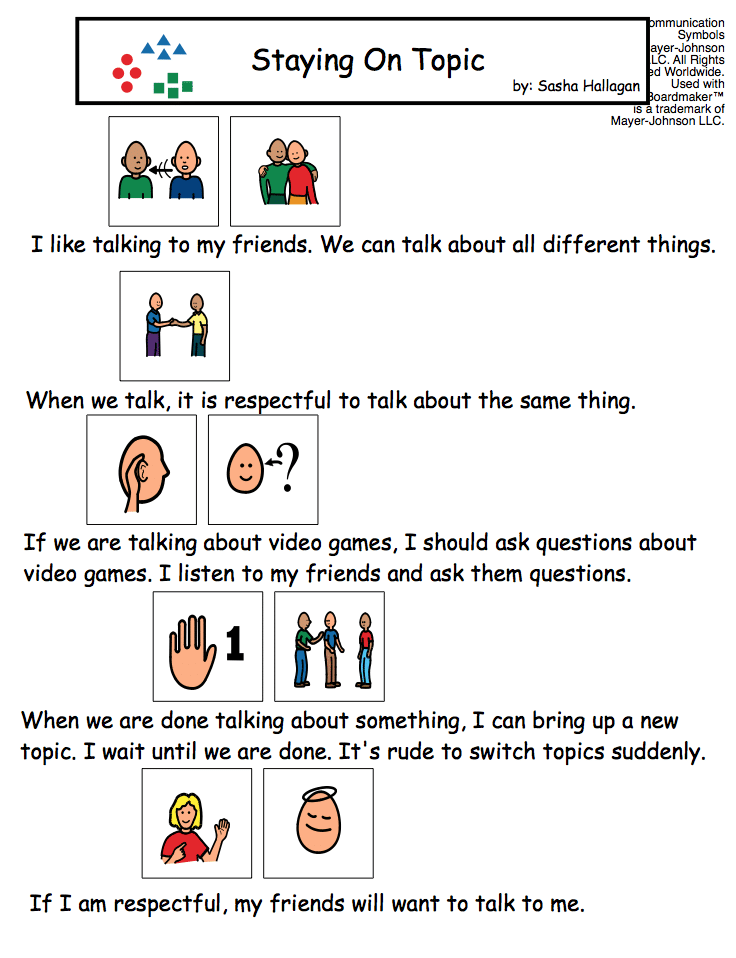 You can even find pre-made social skills videos on YouTube.
You can even find pre-made social skills videos on YouTube.
Remember to praise your son as much as possible for his efforts and give him lots of positive attention. Emphasize his willingness to work on those skills, not just what he "succeeded." Do not forget to point out to him what he did well, for example, when he listened to the interlocutor or waited for his turn in the conversation (at least a few seconds) or made a comment on the topic of the conversation. nine0003
We hope that the information on our website will be useful or interesting for you. You can support people with autism in Russia and contribute to the work of the Foundation by clicking on the "Help" button.
Communication and Speech, Asperger's Syndrome
How to teach an autistic child to repeat words • Autism is
Today we'll talk about how to achieve vocal imitation (echo control) to help your child start talking - or say more, if the child already speaks from time to time. I constantly see the same problem that parents and specialists complain about - words or parts of words "skip" in children from time to time, but no effort can induce the child to speak more.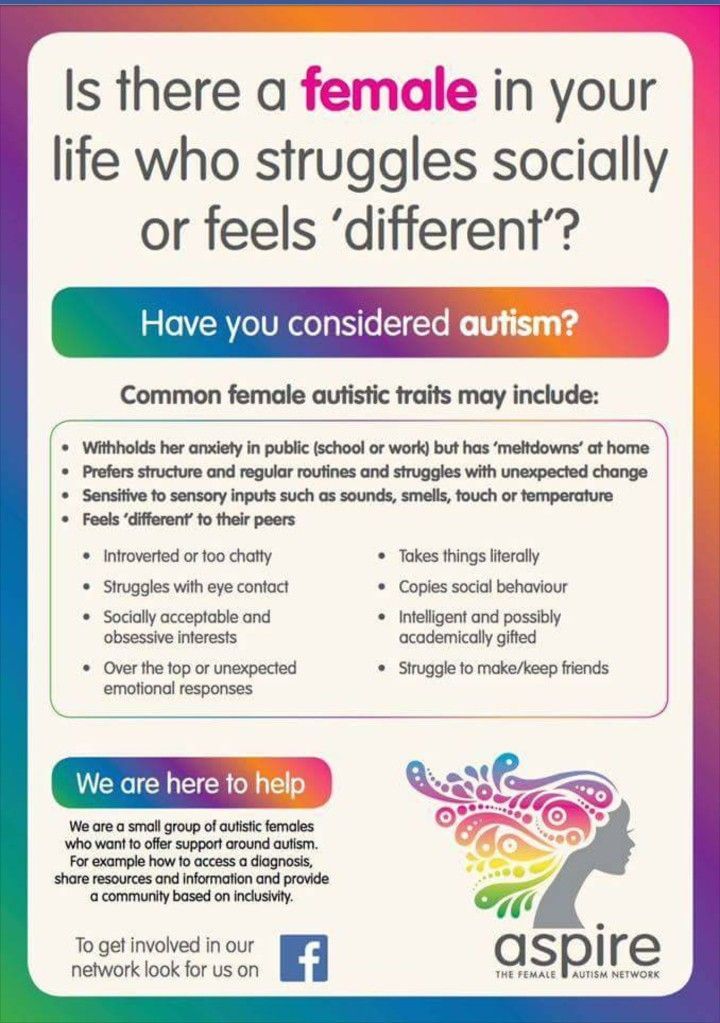 So here I will talk about five techniques that can improve vocal imitation skills in a child with autism. nine0003
So here I will talk about five techniques that can improve vocal imitation skills in a child with autism. nine0003
How to improve your speaking skills
As I said before, there are what I call "slip words". From time to time the child says a word. For some children, words slip every day, while for others slip words occur no more than once a week or a month. Sometimes autism regresses, as happened with my son Lucas - he initially spoke words, but then he lost them, and for a long time I did not understand how we can return them. Over the past twenty years, I have gained experience in procedures that really help children start talking - some start talking in just a few hours, for others the process can take weeks. nine0003
Just recently, a grandmother who studied with me posted a video in which her grandson said the word "apple" for the first time. Two weeks before, he had been completely non-verbal. It was hard for me to believe it myself. But this is not a sprint, but a marathon, not all children start talking so quickly.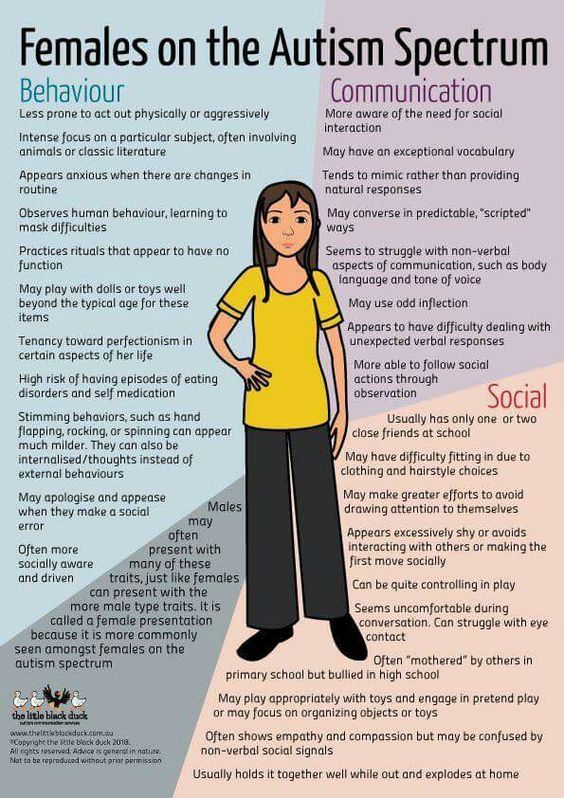
Very often parents get stuck in developing speech with their children due to the lack of "echo control". Let me explain a little to you what this term means. Echo control means that when I say something - a sound, a word or a phrase - you repeat after me exactly what I just said. For example, if I say "apple", then you will say "apple", or at least "yab", or other similar sounds. That is, it is the repetition of other people's words, like an echo. nine0003
When I talk about "echo control", some people who have had bad experiences with behavioral therapy react negatively because they think it's something about "control" over other people. But in reality, this is just a speech imitation, and this is a natural stage in the development of speech - young children learn to speak in this way. Children listen, repeat, and then learn to use words in everyday situations on their own. Our children with autism or autism speech regression may have skipped this step, in which case we should start working with them on vocal imitation as early as possible.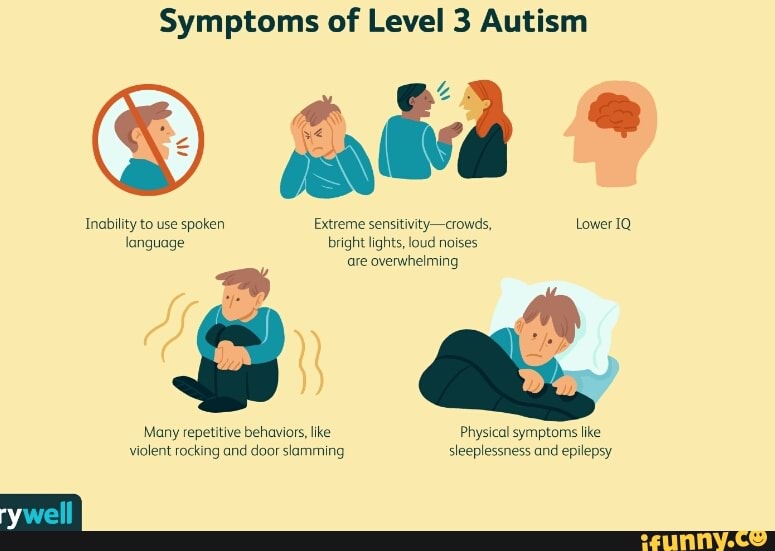 In my experience, if a child develops vocal imitation, then it's like a "dam break" - after that, you can already teach more and more speech skills. nine0003
In my experience, if a child develops vocal imitation, then it's like a "dam break" - after that, you can already teach more and more speech skills. nine0003
Keep trying
In 2010, I started working as a behavioral analyst for an early intervention organization with children from infancy to three years of age. It was there that I gained my main experience and began to apply the procedures that I now recommend to parents for practicing at home. Many of the procedures that I talk about in this article are directly related to this period of work with very young children who did not speak at all or spoke very little. nine0003
I got permission to talk about some of my clients at the time, like Daniel, Mia, and Kurt, who hadn't had vocal imitation for months. Daniel got echo control in more than a year. However, using different procedures can often achieve echo control much faster. So let's talk about five techniques for developing vocal imitation.
Shoebox and other multiple control programs
I use what we call "multiple control procedures" with my current clients.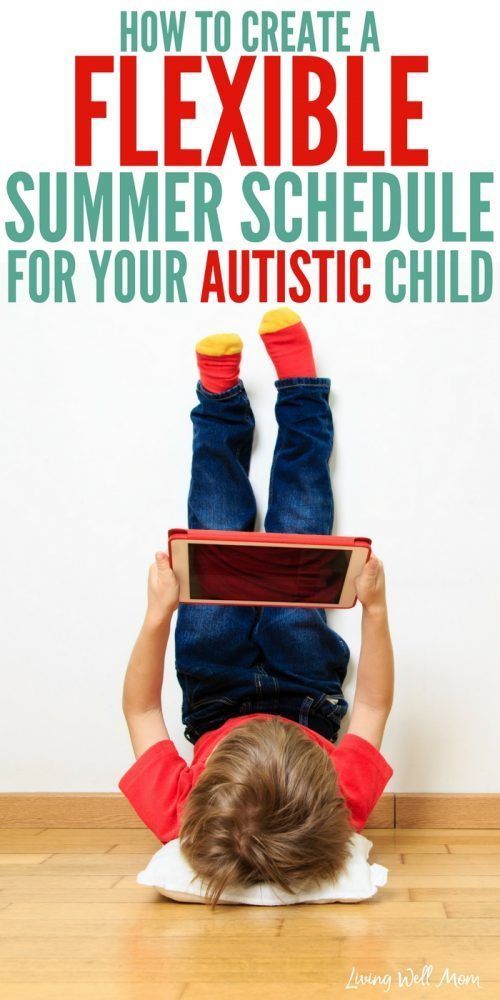 For example, the shoe box program. What does this program look like? You take out a large shoe box. Cut a slot in the lid. Take a set of photos of important family members, pets, favorite toys, favorite food - anything that is rewarding or plays an important role in the child's life. You can even use two photos for the same item. You cannot use photos on your phone. It is necessary to print standard, large photos. Each photo should contain only one person or one object. For example, it could be a photo of mom and a photo of a bike, but not a photo of mom on a bike, as this would create confusion. nine0003
For example, the shoe box program. What does this program look like? You take out a large shoe box. Cut a slot in the lid. Take a set of photos of important family members, pets, favorite toys, favorite food - anything that is rewarding or plays an important role in the child's life. You can even use two photos for the same item. You cannot use photos on your phone. It is necessary to print standard, large photos. Each photo should contain only one person or one object. For example, it could be a photo of mom and a photo of a bike, but not a photo of mom on a bike, as this would create confusion. nine0003
You then sit diagonally across from the child so that you can be seen clearly and that you can physically help the child slide the photo into the slot in the box. You take one photo, raise it, say its name. Usually you say it up to three times, slowly but animatedly and with emotion: "Mom ... mom ... mom ..." Say only the name of the photo, nothing more. As you say this, you bring the photo closer to the child and the box.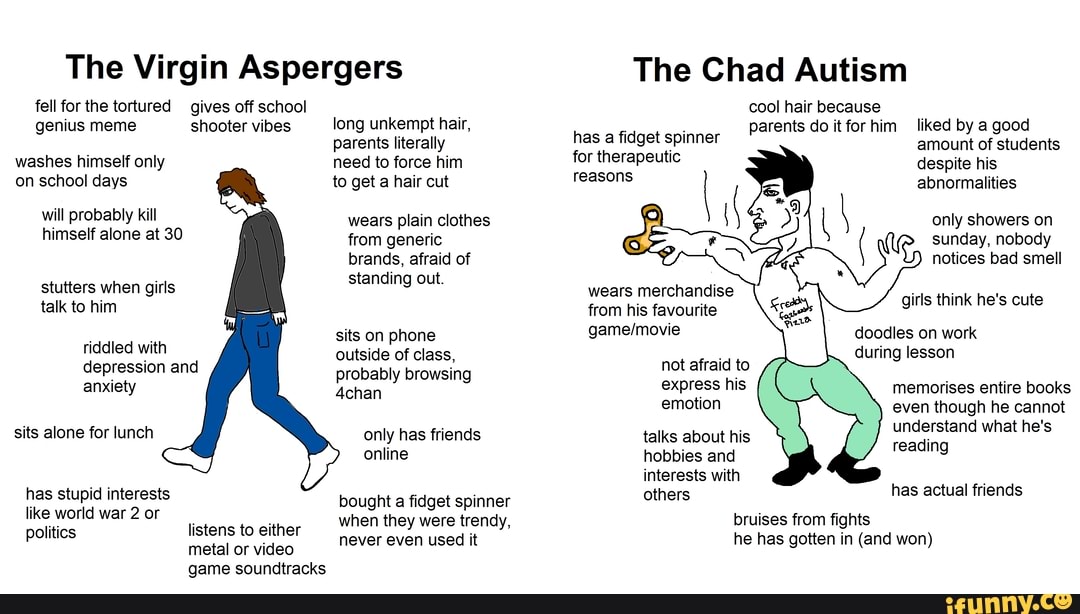 You can bring it to your mouth: "mom ...", even closer: "mom ...", and then pass it to the child: "mom." This is called "stimulus-stimulus combination". nine0003
You can bring it to your mouth: "mom ...", even closer: "mom ...", and then pass it to the child: "mom." This is called "stimulus-stimulus combination". nine0003
Some children may get upset because you hold the photo for too long and it annoys them. In this case, do everything faster. Say "mom" and put the photo in the box. The child should not cry during the lesson, and in general it is better to avoid it if possible. Classes should be fun and relaxed.
You can use the same program with a wide variety of materials. For example, you can collect the Potato Head toy with your child, naming the different parts of the body that you give to the child. Or you can collect "insert" puzzles, where each insert depicts something - name a part of the puzzle and pass it to the child. Or you can do it with the parts of the toy that you need to launch it or start the game. nine0003
Such programs are called "multiple control programs". If a child says "apple" when you hold a picture of an apple, then this is partly a request because he wants to get a picture from you and put it in a box.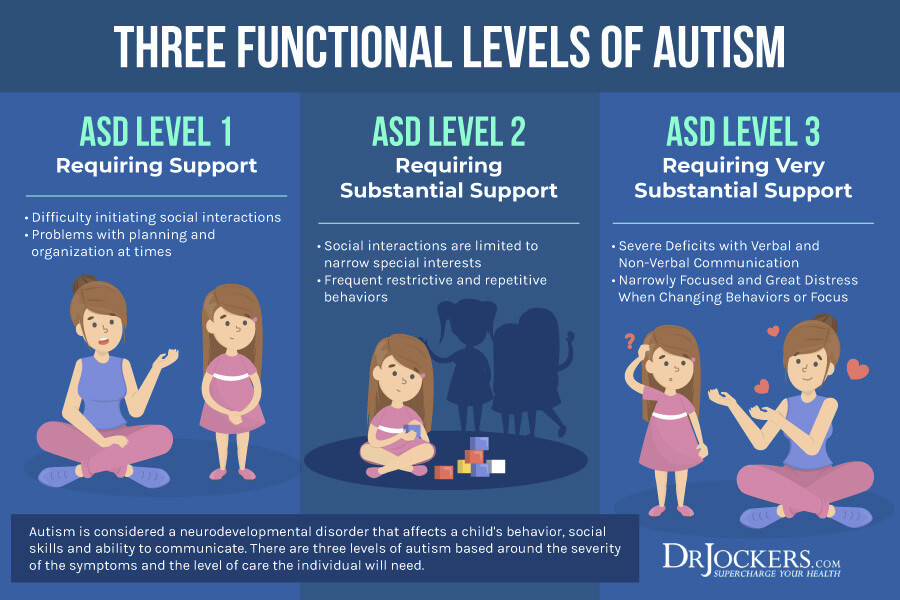 It is also a naming or "tact-reaction" because he sees a picture of an apple. It is also a repetition or "echo response" because you say "apple" when you hold the picture.
It is also a naming or "tact-reaction" because he sees a picture of an apple. It is also a repetition or "echo response" because you say "apple" when you hold the picture.
At the same time, you teach your child to sit at the table, listen to you speak, sit still for a long time and put something in a box. But it is important that the center of such a program is a request - in this case, you are much more likely to get the child to repeat the word. It is important to engage in such programs with a child for at least 15 minutes every day. nine0003
In the old days, "echo control" was done differently - the child sat in front of the therapist, who said: "Say the ball, say the ball." This does not work. You can't force a child to say "ball." A child cannot be forced to say anything at all. Even if the child said "ball" a couple of seconds ago, even if he said "ball" thirty times yesterday, you cannot make him say "ball" as you wish.
Therefore, in early intervention programs, we kind of enter "from the back door.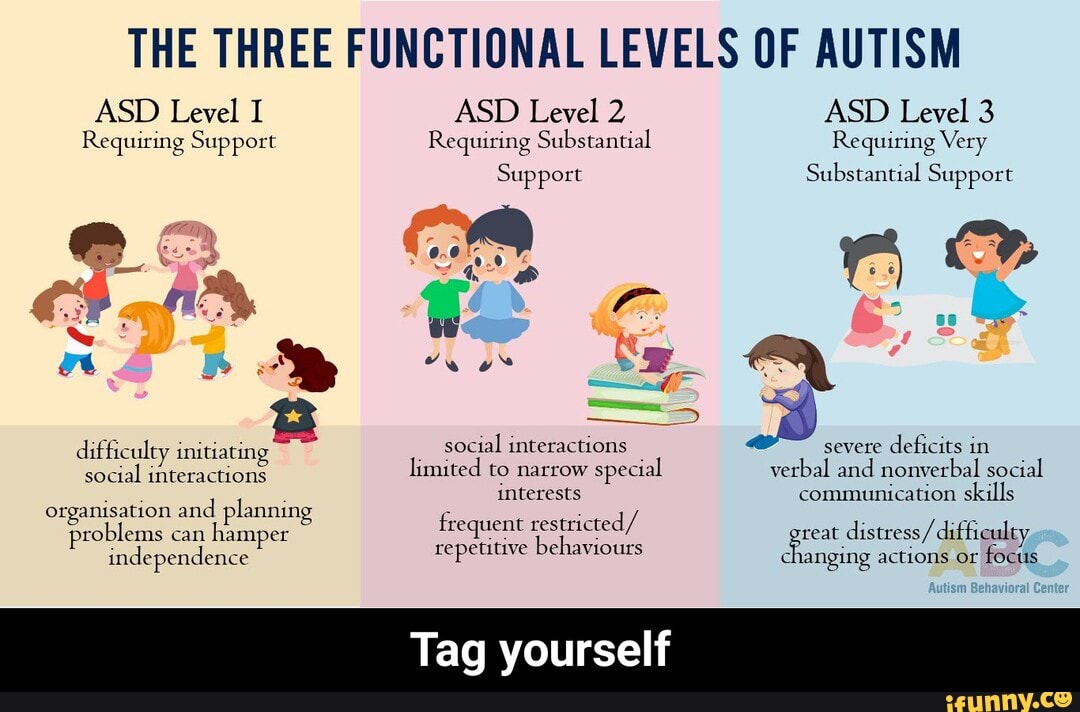 " We work with what is important for the child. We act unobtrusively. We try to play with the child and make this activity fun. We make the situation as pleasant as possible. And since the program is somehow connected with requests, it is easier for us to achieve hundreds of responses. nine0003
" We work with what is important for the child. We act unobtrusively. We try to play with the child and make this activity fun. We make the situation as pleasant as possible. And since the program is somehow connected with requests, it is easier for us to achieve hundreds of responses. nine0003
It's important to mix everything up
Even if a child never repeats other people's words - and some children never do - it is still important to engage in such programs with him. Some children need 15-20 minutes of practice every day, and they listen to "apple, apple, apple" and put the pictures in the box. But they never say "apple".
And this is where strategy number two can come in handy. We want to diversify the program. Because maybe the kids are just used to listening, then they put the photo in the box, and that's how they get rewarded. nine0003
A lot of very young children or older children, but at an earlier level of development, love games and toys on the principle of "cause and effect". They sit, wait, take a photo, put it in a box. If vocal imitation does not appear, then we need to think about how we can mix everything up. Maybe we don't need to say the word three times. Maybe we should say it once or four times.
They sit, wait, take a photo, put it in a box. If vocal imitation does not appear, then we need to think about how we can mix everything up. Maybe we don't need to say the word three times. Maybe we should say it once or four times.
Here is one trick that worked for my former client, Mia. I couldn't get vocal imitation out of her for months. But then we started showing her a picture of an apple, saying "apple", then covering up the picture, saying "apple" again. Covering up the picture helped Mia say the word because she wanted to see the picture. nine0003
Another idea is to put pictures in a bag or bag, this can be used with Potato Head and Inserts. You can put them in a bag, open it, name what is there, but not show the item. Then the child can repeat the word. If he does not say anything, then you show him the object, and then hide it again. Try to be playful - a little fun sabotage - maybe this will encourage the child to speak.
Matching the Same
An important early program is matching the same pictures or objects.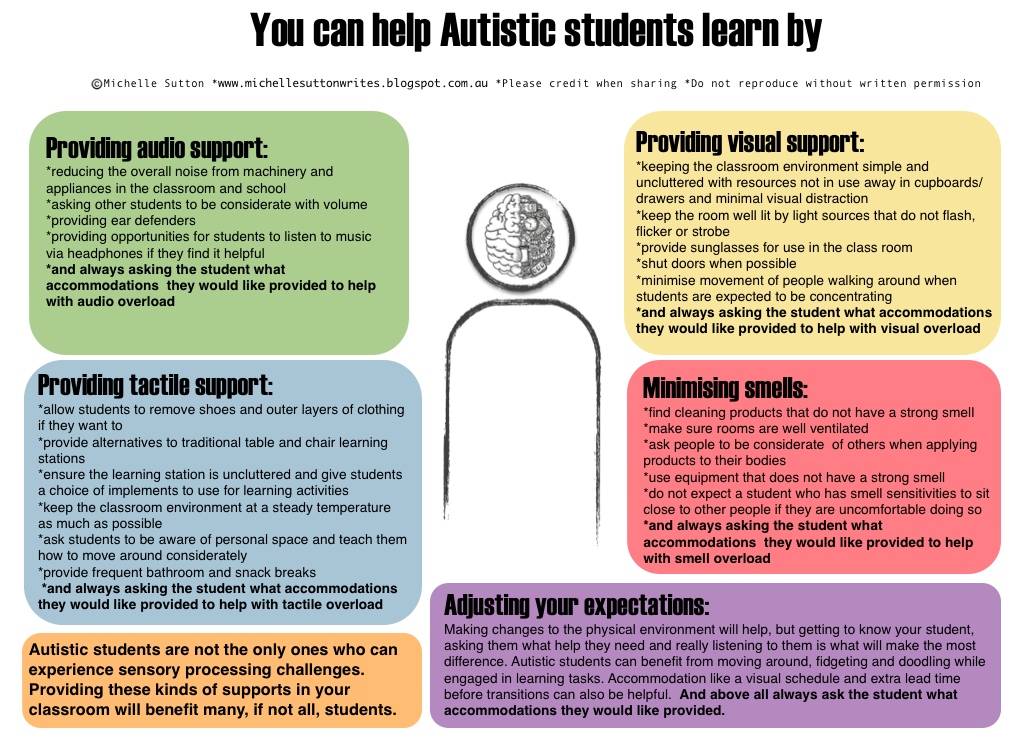 Remember how I said to prepare two pictures of one person or object? For example, two photos of mom, two photos of dad, two photos of a juice box or something else that the child likes. Some of them may be identical. Try putting two or three photos on the table at the same time. Hold up a photo of your mom. Say "mom, mom, mom." Then you can help the child by showing that the photo should be put on the same picture. nine0003
Remember how I said to prepare two pictures of one person or object? For example, two photos of mom, two photos of dad, two photos of a juice box or something else that the child likes. Some of them may be identical. Try putting two or three photos on the table at the same time. Hold up a photo of your mom. Say "mom, mom, mom." Then you can help the child by showing that the photo should be put on the same picture. nine0003
Taking turns singing
The third technique is to take turns singing the song. Over twenty years ago, before Lucas was diagnosed, I knew nothing about applied behavior analysis and knew very little about autism. And so my husband says, "Look at this." He starts singing a song from the cartoon: "What a beautiful...", and then Lucas says: "Day!" My husband continues: “I can’t work ...”, Lucas says: “Laziness!” And I was stunned. Because he does not say these words when I ask him. My husband, unknowingly, was working with him to develop "intraverbal responses.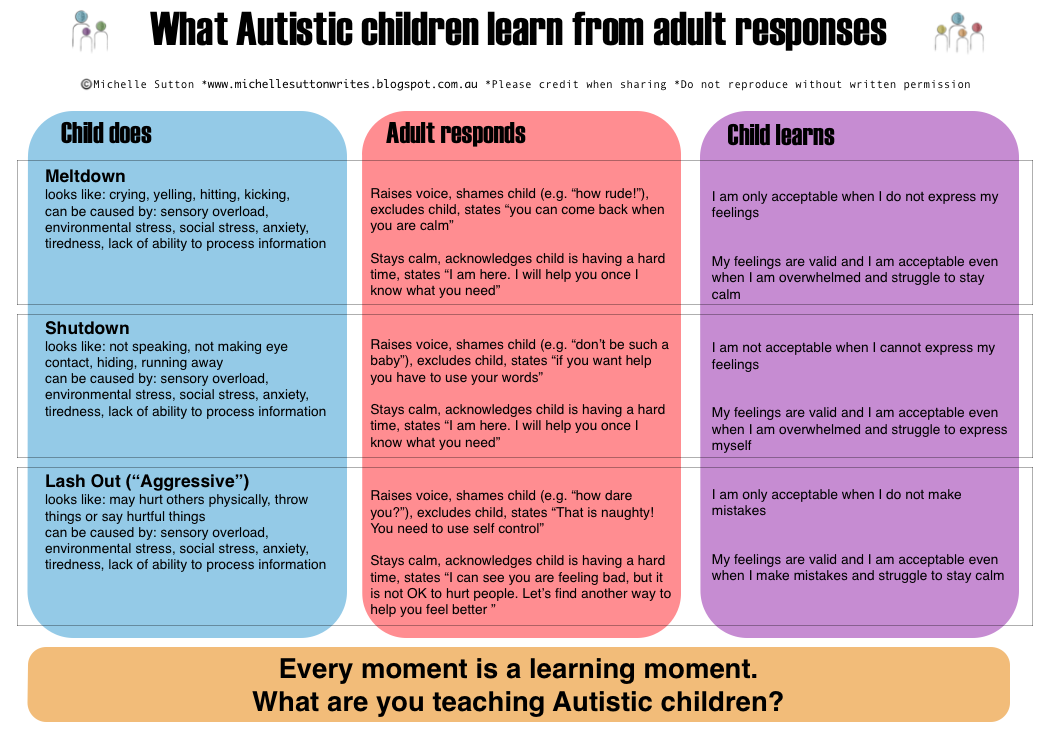 " However, we both knew nothing about this for a long time. nine0003
" However, we both knew nothing about this for a long time. nine0003
But you don't even need to know what it is. We'll just sing the child's favorite song and then leave one word unsung. For example: "burn-burn ...", child: "clear." But if the child does not say anything, then instead of singing further, it is better to start again: "burn-burn ...". Take a break, maintain a fun atmosphere, you can try to do this with a variety of songs. You can use props. For example, a child likes a song about ducklings, and you show him a picture of ducklings. nine0003
If a child has no vocal imitation at all, it can be difficult to get such a reaction, but sometimes children, like Lucas, start adding the right word to a song before they have vocal imitation. And then you can use that to move on to vocal imitation. In any case, it's worth a try.
Video modeling
Tip number four is something I rarely talk about, and in vain. This is a great strategy that you should definitely try.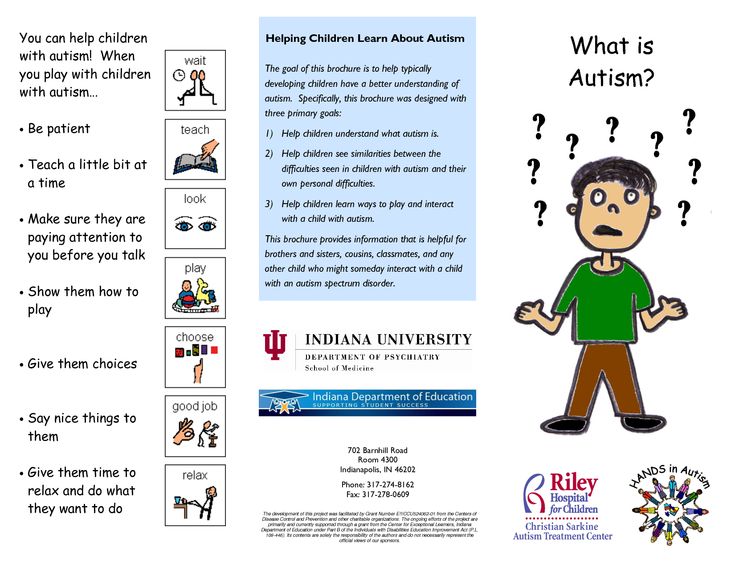 It's called video modeling, and it's an evidence-based tool that we can use to teach speech and play skills. I had a client, Kurt, he was one of the first kids I worked with. We worked together for several months, but I could not achieve echo control. We had both "Potato head", and "shoe box", and "liners". And Kurt spoke up to ten words in two hours, and it was "eyes", "nose" and "mouth" because we were playing Potato Head. nine0003
It's called video modeling, and it's an evidence-based tool that we can use to teach speech and play skills. I had a client, Kurt, he was one of the first kids I worked with. We worked together for several months, but I could not achieve echo control. We had both "Potato head", and "shoe box", and "liners". And Kurt spoke up to ten words in two hours, and it was "eyes", "nose" and "mouth" because we were playing Potato Head. nine0003
I decided to teach him gestures because if you can't quickly get vocal imitation, you should immediately move on to gestures or another way that the child can ask for what he wants. I asked the therapist I taught to film me teaching Kurt the first three or five gestures. Kurt stood up and began to look at me with interest in the therapist's video. And then I thought that video modeling could be applied.
Now I'm embarrassed to think of a ten-word-in-two-hour chart that hasn't changed in weeks or months because I needed to type the gestures much sooner.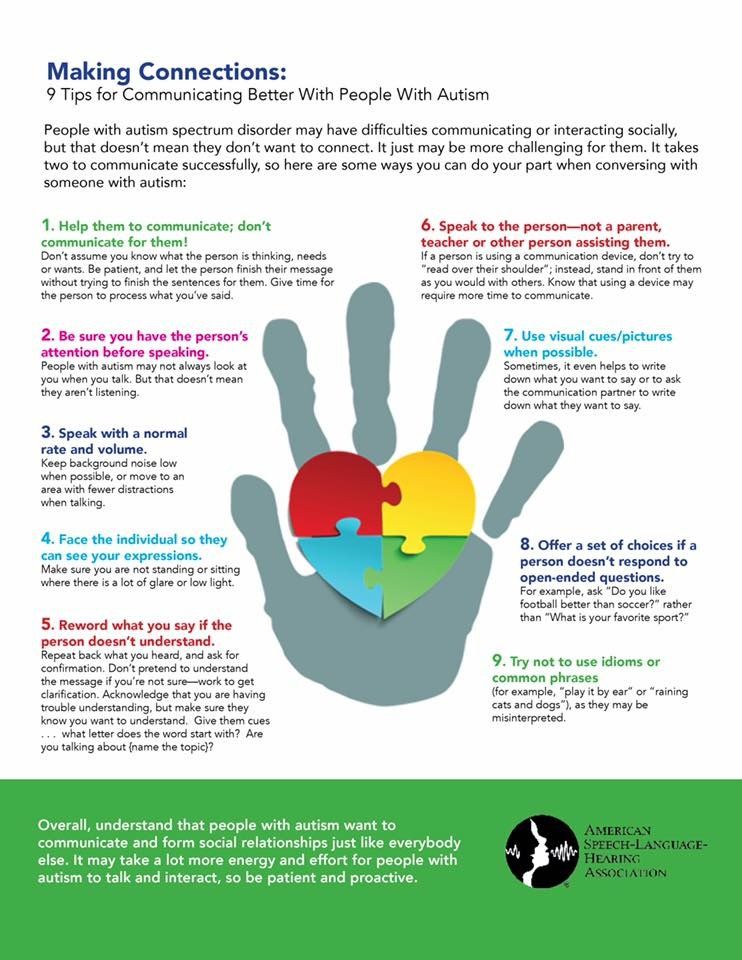 But I was just starting to work and only honed my methods. At least he spoke a little and was willing to cooperate. Previously, he had aggression and self-aggression. We worked on a variety of behaviors, but not on speech. nine0003
But I was just starting to work and only honed my methods. At least he spoke a little and was willing to cooperate. Previously, he had aggression and self-aggression. We worked on a variety of behaviors, but not on speech. nine0003
I asked the therapist to make two videos of me. At the first, I said "head", "shoulders", "knees", "fingers", I spoke clearly and very slowly. In another video, I said "eyes", "ears", "nose", "glasses", "hello". I pointed to my own body parts in accordance with the words.
I asked my mother to do me a favor and upload these two videos to Kurt's tablet. I had to leave for two or three weeks. When I returned, as soon as I entered, Kurt began to say "eyes, nose, mouth, glasses, hello." And I'm like, "My God, I completely forgot about that video." He spoke the words in the exact order that I did. nine0003
That day, instead of ten words in two hours, I got a hundred words in two hours, and after that we couldn't keep up. What's more, we've included video modeling in all of Kurt's other programs.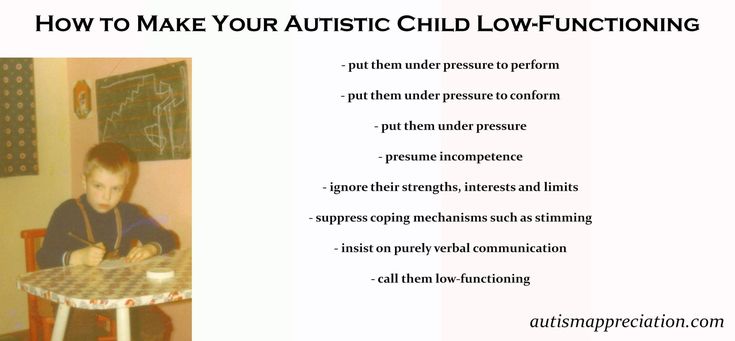 For example, we said "where's the banana" and pointed the camera at our hands. He wasn't even in the room. After that, we pointed at the banana in front of the camera. That's all he saw.
For example, we said "where's the banana" and pointed the camera at our hands. He wasn't even in the room. After that, we pointed at the banana in front of the camera. That's all he saw.
We asked my mother to show different pictures and say "cup", "car" and other words that we worked on. She raised a picture, for example, with a cat, said "cat", and we filmed it. He began to speak thanks to this video modeling. nine0003
Testing Speech Skills
If the strategies above do not help you achieve vocal imitation, then the next, fifth step is additional testing of skills and additional study of possible strategies, regardless of whether you are a specialist or a parent. This is not superfluous, even if you have echo control with a child.
I recommend that the VB-MAPP be administered to all children below four years of age, whether they speak words or not. Or it could be another standardized language development test. nine0003
There are many much more complex behavioral strategies that you may need to help your young child with autism not only develop language, but correct problem behaviors, teach self-care, and be independent enough to learn school subjects in the future.

